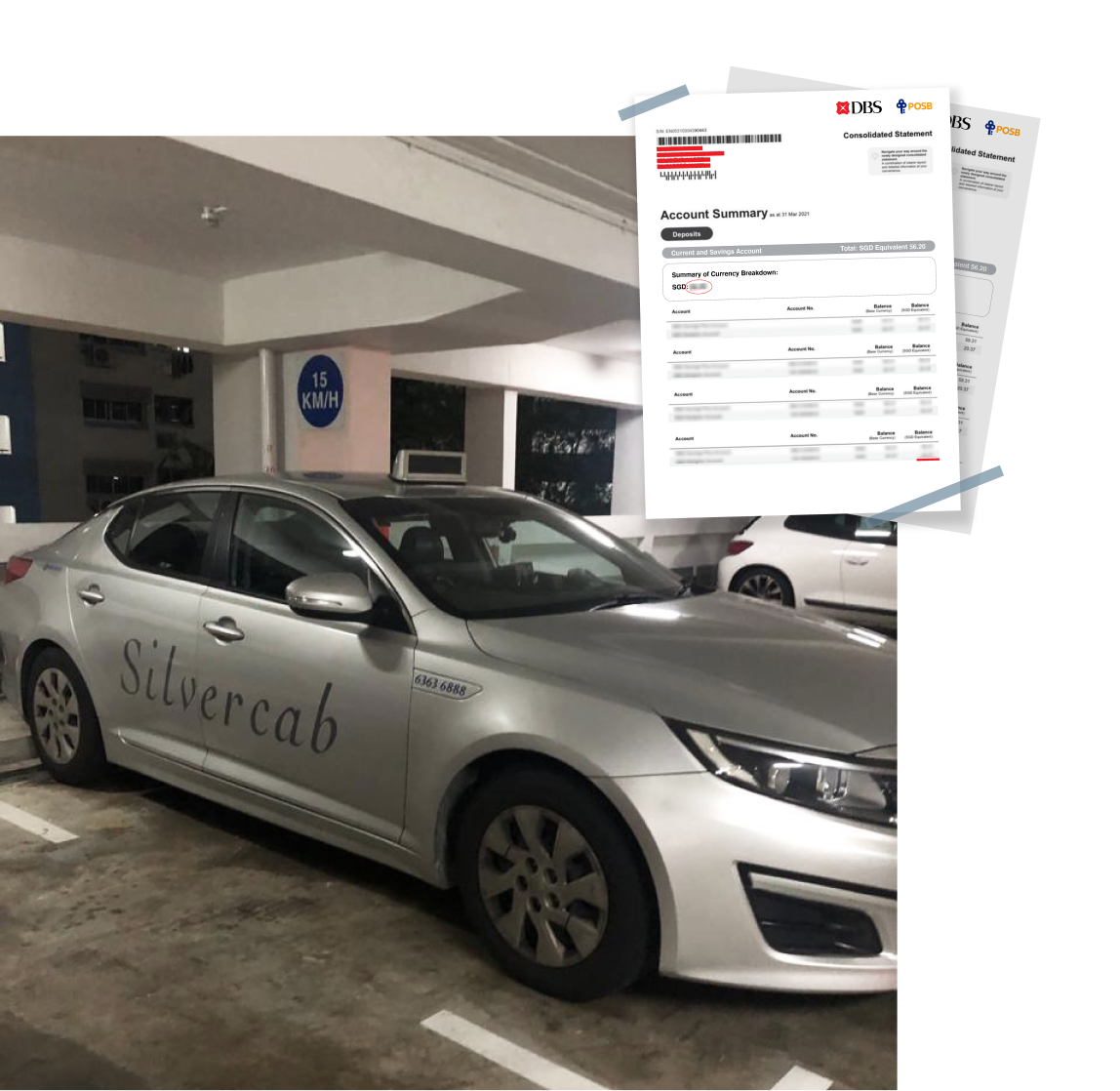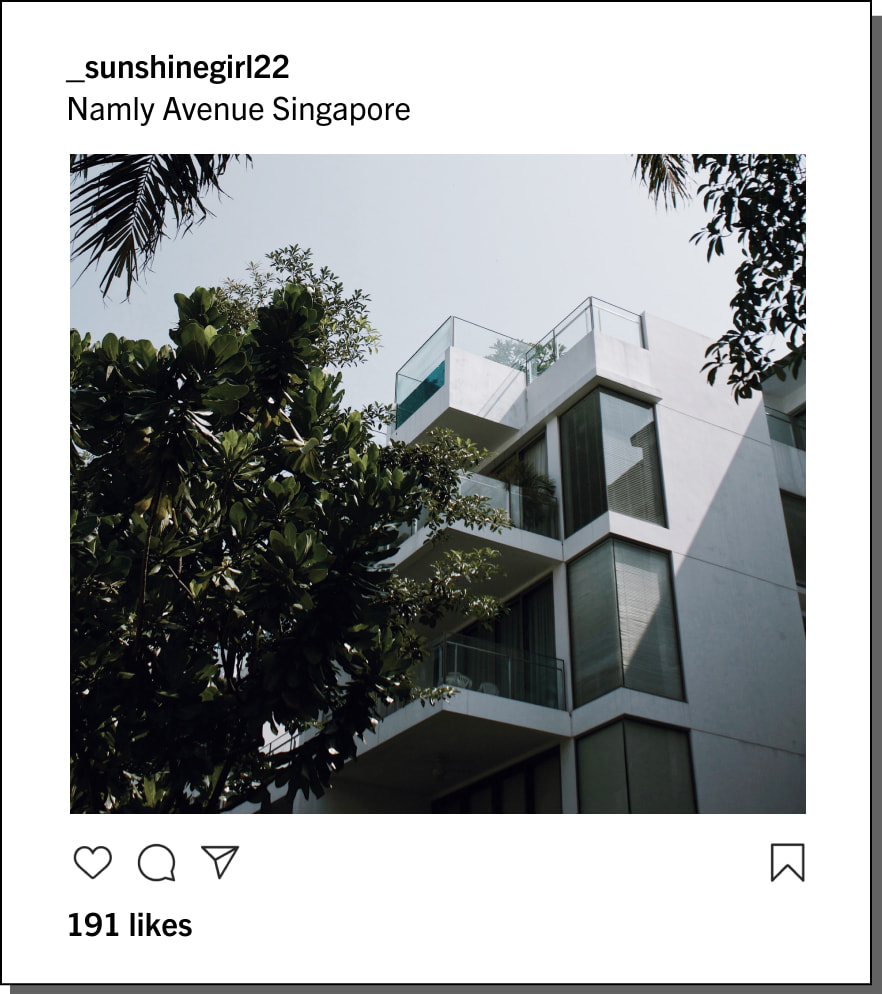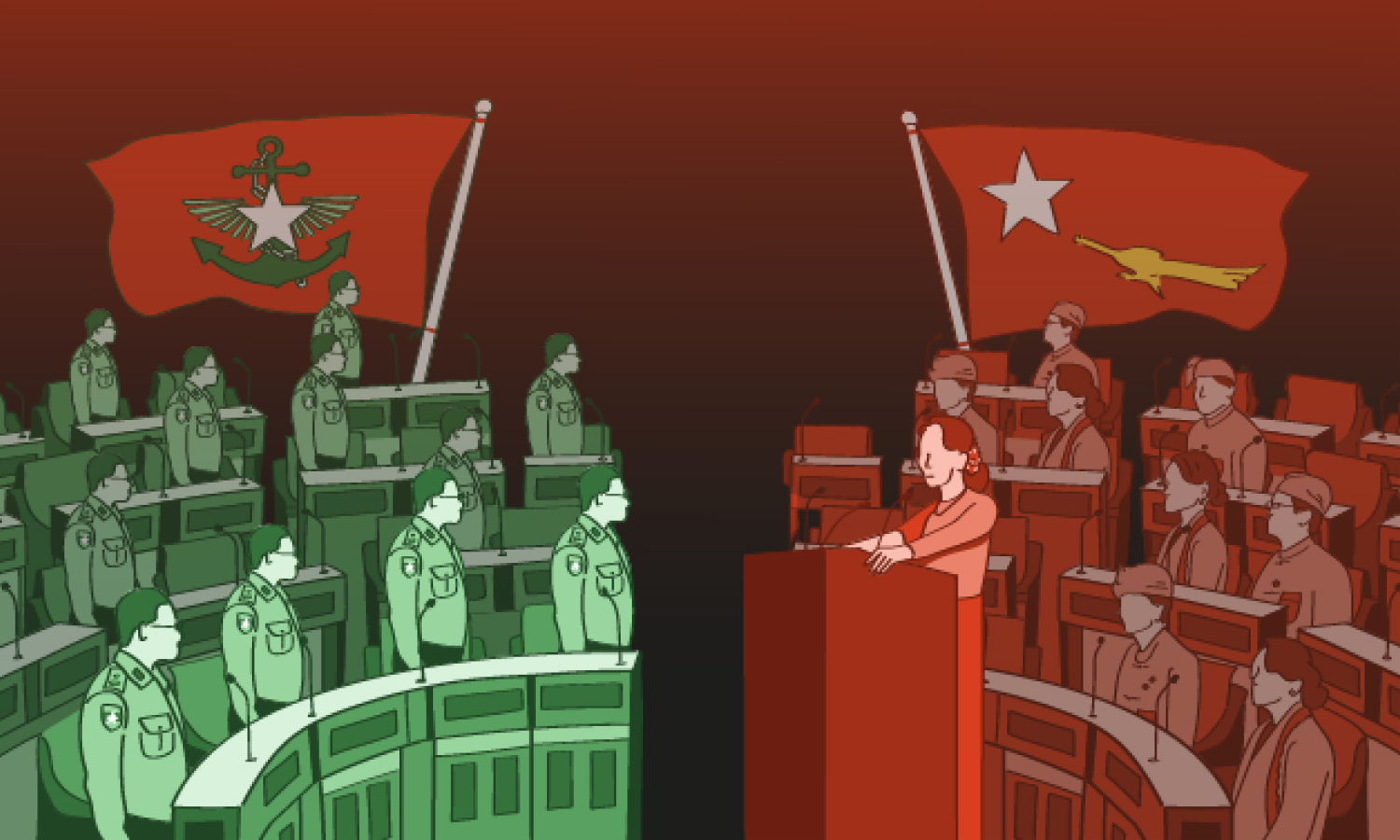According to a CNA survey, Singapore is in danger of being divided along socio-economic lines. Likewise, the Institute of Policy Studies found that Singaporeans are less likely to have friends across socio-economic class.
How does this divide show up in school? To find out, we speak with Gwyneth Tan and Kenyesse Phia, two 19-year-old A-level graduates who describe themselves as belonging to the lower-middle and upper-middle class respectively.










